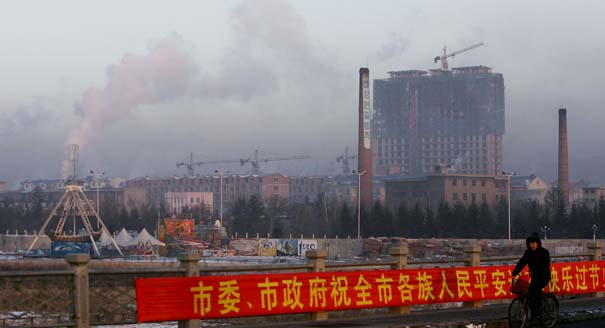China is the world’s largest national source of greenhouse gas emissions, and energy production and use create most of those emissions. China has set ambitious targets to reduce energy demand growth and, consequently, its greenhouse gas emissions growth, and has claimed dramatic gains in meeting them.
Unfortunately, inadequacies in China’s national statistical system makes it difficult to assess China’s progress toward meeting its goals. The government’s claims of significant progress in reducing carbon intensity are generally plausible. However, due to shortcomings in the data system, China’s progress cannot be proven in detail with a high level of accuracy.
The Chinese government could increase confidence in the energy and emissions data it collects and publishes by improving the methods and capabilities of its statistical collection and reporting system. For example, data collection agencies could make better use of data spot checking, data sampling, and personnel training. Chinese leaders could facilitate capacity building at all levels of data management and administration to guarantee data quality (and consistency) from top to bottom.
Significant data quality improvements could be made by applying lessons learned from the economic census China has developed over the last decade. The statistical shortcomings revealed by the census include large adjustments required for total coal production and in gross domestic product (GDP) for the service sector. The Chinese government could concentrate its efforts on improving data collection, analysis, and processing in these areas.
Measurements of electricity, natural gas, and heat use—which are metered and invoiced by utilities—could be used directly for statistical reporting in place of survey data obtained from enterprises.
Most importantly, additional effort could be made to collect data on coal output, especially from small mines, which could be required to report their production data even if their output is small. This would ensure that all coal output is included, providing more reliable data.





